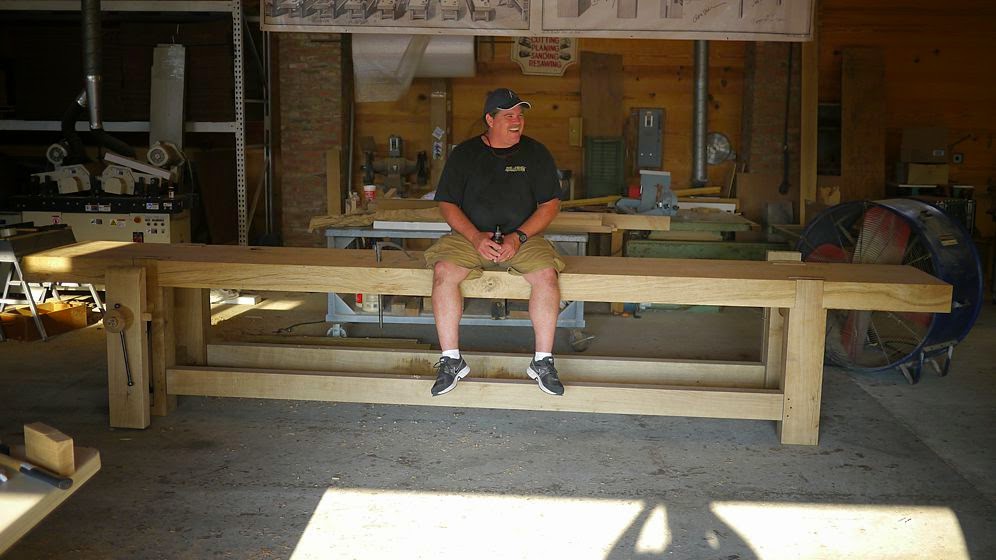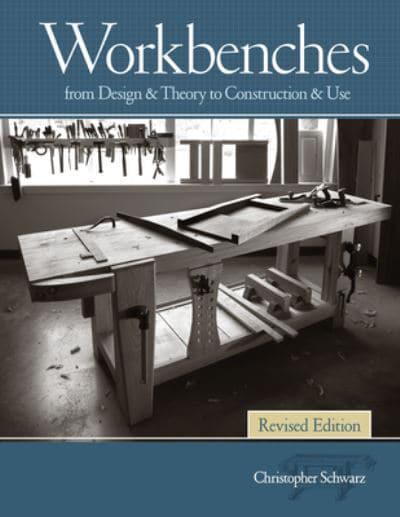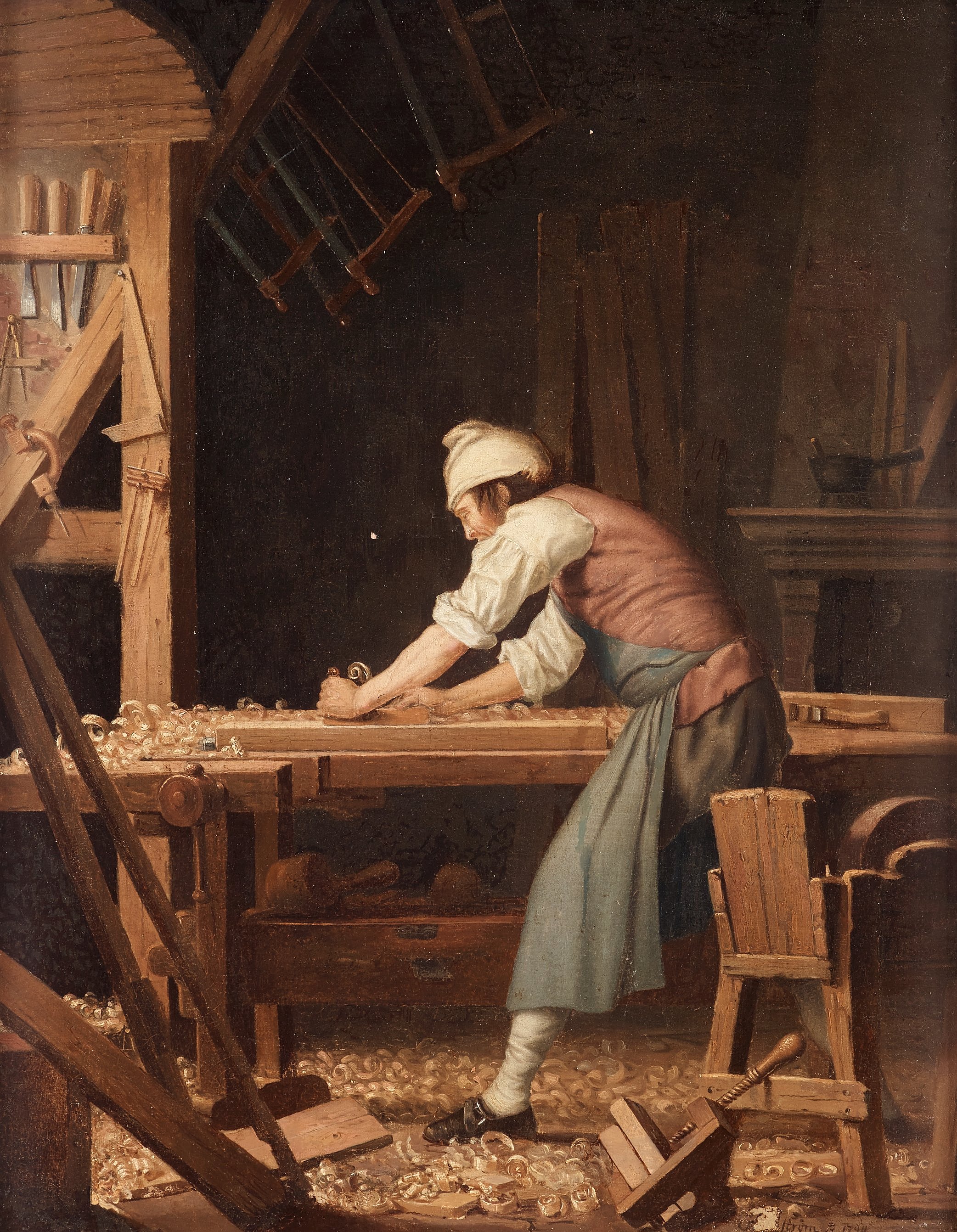It's worth taking a look at what they are up to at Colonial Williamsburg. The situation in an English colony 30 or so years after Chippendale's prime was likely to have many similarities.
http://livinginwilliamsburgvirginia.blo ... onial.html
http://livinginwilliamsburgvirginia.blo ... onial.html





































